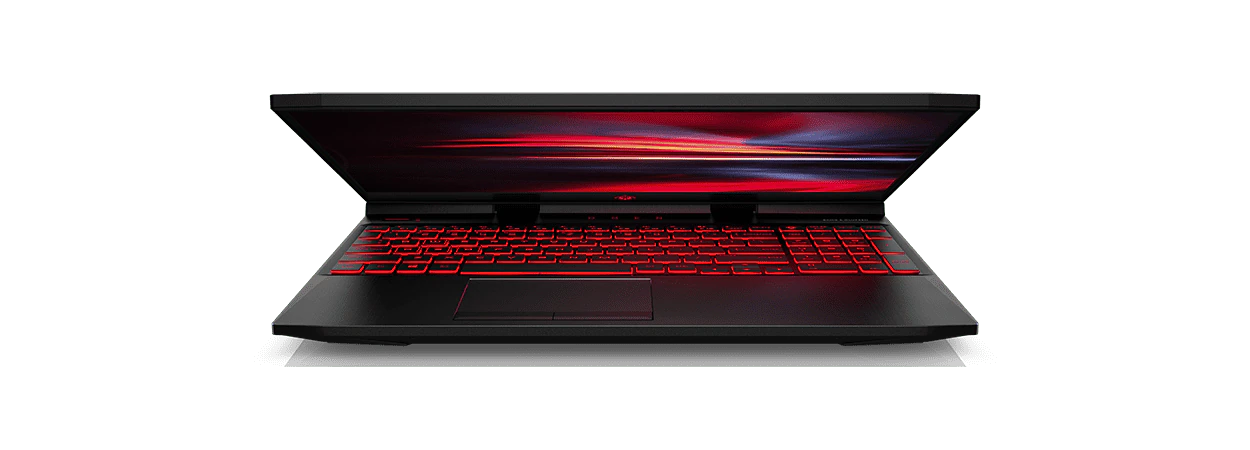Thank you for visiting the HONG KONG HP Store
-
Contact Us
CONTACT USChat with us
- Sales
- 85264507529(WhatsApp)
-

- Post Sales
- 85230016720(WhatsApp)
Mon-Fri 8.30am - 5.30pm
(exc. Public Holidays)
Live product demo
Store finder Locate our stores - Location
- My Account
Taskbar Not Working? Here's How to Fix It


For many Hong Kong professionals and students using Windows PCs, a malfunctioning Windows 10 taskbar can be a significant hindrance to productivity. Whether you’re working on an important presentation or studying for exams, an unresponsive taskbar can disrupt your workflow and cause frustration. Fortunately, there are several techniques you can use to resolve taskbar issues and get back to work efficiently.
In this article, we’ll explore common taskbar problems and provide step-by-step solutions tailored for Hong Kong users. Whether you’re using your device for work, study, or entertainment, these fixes will help you maintain a smooth computing experience.
What is a taskbar and what does it do?
The taskbar is an essential element of the Windows operating system, typically located at the bottom of the screen. It serves multiple purposes:
- Provides access to the Start menu for launching apps
- Displays currently running programs
- Shows the date and time in the Notification Area
- Offers quick access to system settings and notifications
Fun fact: The taskbar was first introduced in Microsoft Windows 95 and has been a staple feature in all subsequent Windows releases, including Windows 10.
Common taskbar issues and how to fix them
If you’re experiencing problems with your Windows 10 taskbar in Hong Kong, you’re not alone. Let’s explore some solutions for the most prevalent taskbar issues:
1. Cluttered taskbar
A cluttered taskbar can make it difficult to find the apps and information you need quickly. Here’s how to streamline your taskbar:
- Right-click on the search box and select “Hidden” to remove it
- Disable the Cortana button by right-clicking the taskbar and unchecking “Show Cortana button”
- Remove the Task View button if you prefer using the Win + Tab keyboard shortcut
- Disable News and Interests if you don’t need weather information on your taskbar
- Remove touch keyboard and Windows Ink Workspace icons if you don’t have a touchscreen device
By decluttering your taskbar, you’ll have more space for the apps and features you use most frequently.
2. Restart the explorer process
Restarting the explorer.exe process can often resolve taskbar issues. Here’s how to do it:
- Press Ctrl + Shift + Esc to open Task Manager
- Click “More details” if you see a simple window
- Locate “Windows Explorer” in the Processes tab
- Right-click on it and choose “Restart”
The explorer may disappear briefly, but this is normal. Once it returns, your taskbar should function properly.
3. Hide the taskbar
If restarting the Explorer doesn’t solve the problem, try enabling the taskbar auto-hide function:
- Go to Settings > Personalization > Taskbar
- Enable “Automatically hide the taskbar in desktop mode”
- Toggle the option on and off to ensure it’s working correctly
This can sometimes resolve issues by forcing the taskbar to refresh its state.
4. Check for Windows and driver updates
Outdated drivers, particularly display drivers, can cause various PC issues, including taskbar problems. Make sure your system is up to date:
- Go to Settings > Update & Security > Windows Update
- Check for and install any available updates
- Visit the HP Support website to download the latest drivers for your specific HP device
Keeping your system updated can often resolve strange issues like taskbar malfunctions.
5. Fix a frozen Windows 10 taskbar
If your taskbar is completely unresponsive, you can try a PowerShell solution:
- Open the Start menu and search for “PowerShell”
- Right-click on the icon and select “Run as administrator”
- Enter the following command:
- Close PowerShell and navigate to C:/Users/your_username/AppData/Local/
- Delete the folder named “TileDataLayer”
This solution often fixes a frozen taskbar without requiring a system restart.
6. Prevent the taskbar from moving
If your taskbar keeps moving when you try to click on it, it’s likely unlocked. To fix this:
- Go to Settings > Personalization > Taskbar
- Ensure that “Lock the taskbar” is turned on
This will prevent accidental movement of your taskbar.
7. Restore a disappeared taskbar
If your taskbar has vanished, try these steps:
- Move your cursor to the edge of the screen where the taskbar was last seen
- Look for a faint gray line at the screen’s border
- When the cursor changes to a narrow arrow, hold down the left mouse button and drag away from the edge
- Adjust the taskbar to your desired size
If this doesn’t work, try restarting Windows in Safe Mode and then in regular mode to regain access to the taskbar.
8. Create a new user account or perform a system restore
If none of the above solutions work, you have two final options:
- Use a System Restore point to revert your system to a state before the problem occurred
- Create a new Windows user account:
- Go to Settings > Accounts > Family & other users
- Select “Add someone else to this PC”
- Choose “I don’t have this person’s sign-in information” and add a user without a Microsoft account
While creating a new account can be inconvenient, it may be your only option if all other solutions fail.
Final word
The Windows 10 taskbar is an essential feature that provides quick access to your frequently used applications and system functions. While issues may occasionally arise, the solutions provided in this article should help Hong Kong users resolve most taskbar problems quickly and efficiently.
Remember to keep your HP laptop or HP desktop updated with the latest Windows updates and drivers to minimize the risk of taskbar malfunctions. By following these tips and using reliable HP devices, you can ensure a smooth and productive computing experience in Hong Kong.- Sales
- 85264507529(WhatsApp)
-

- Post Sales
- 85230016720(WhatsApp)
Mon-Fri 8.30am - 5.30pm
(exc. Public Holidays)
Live product demo








